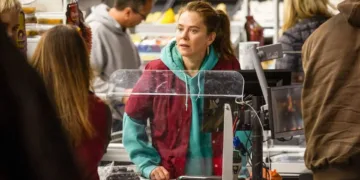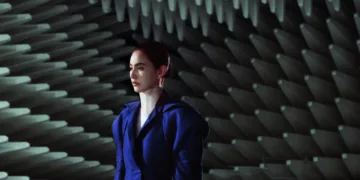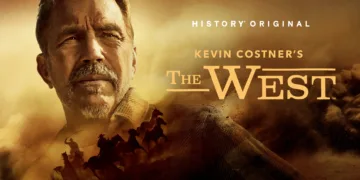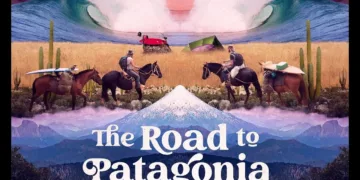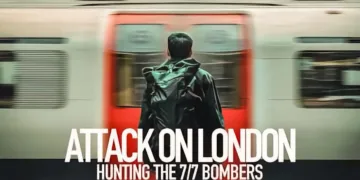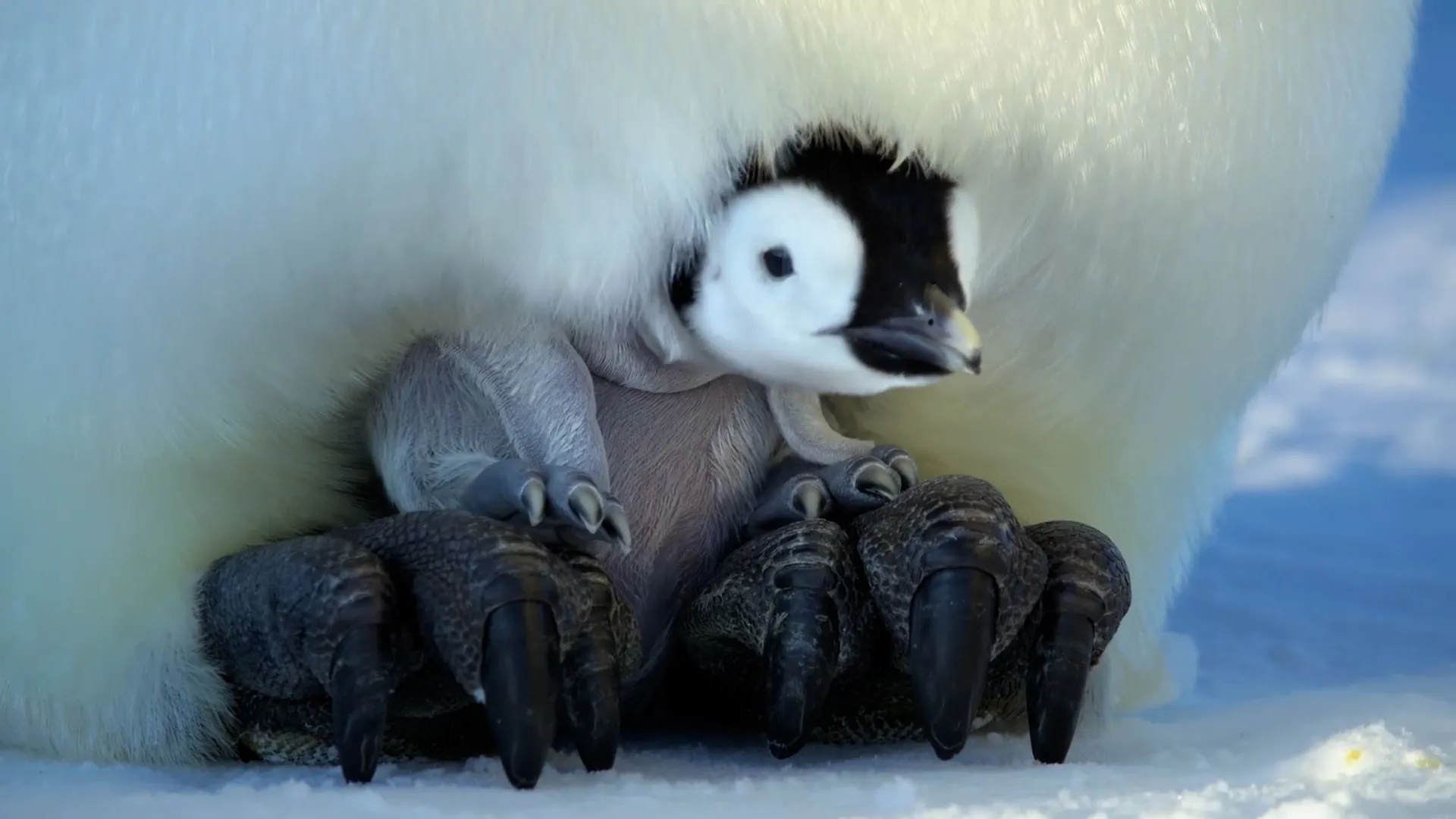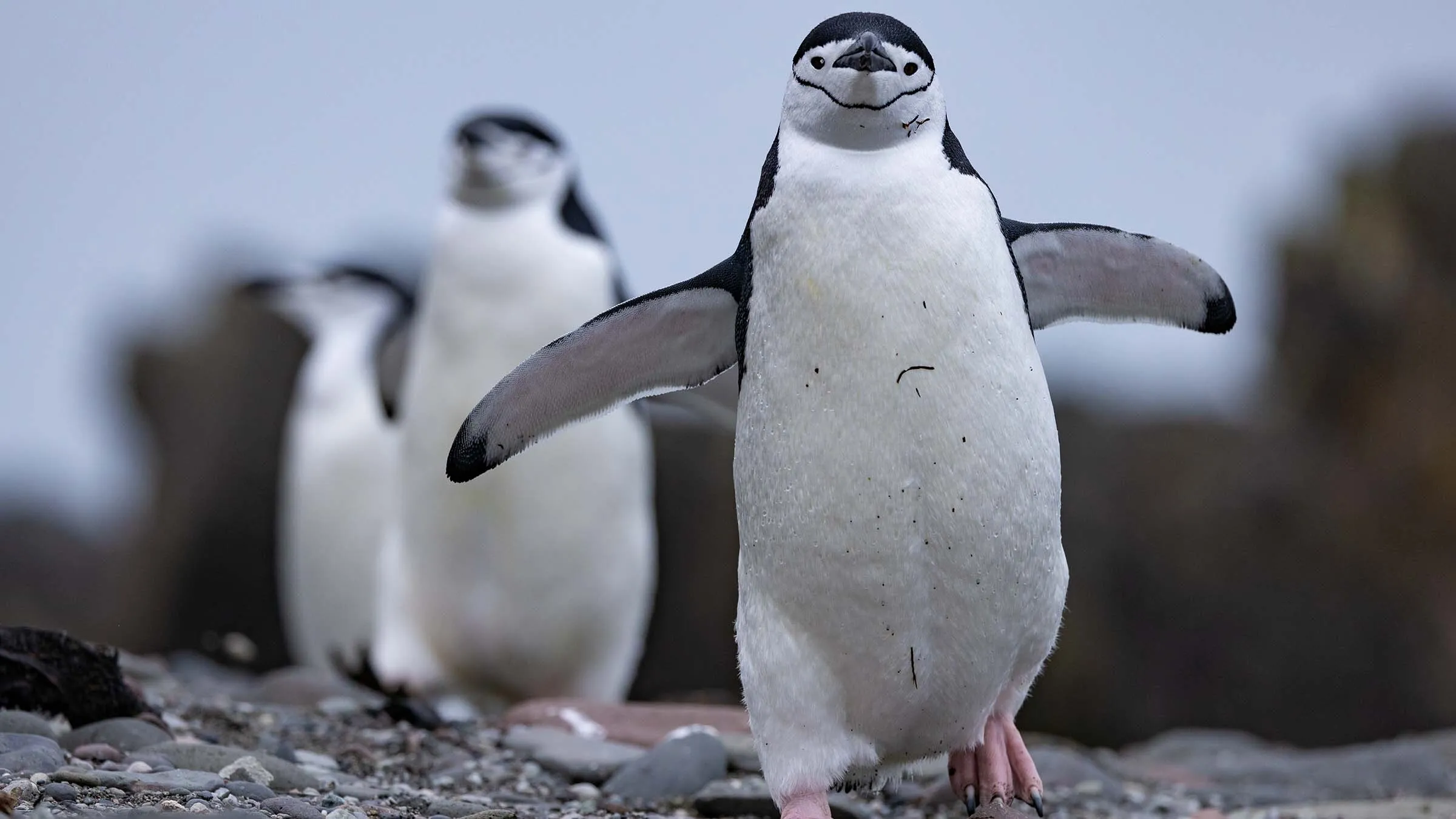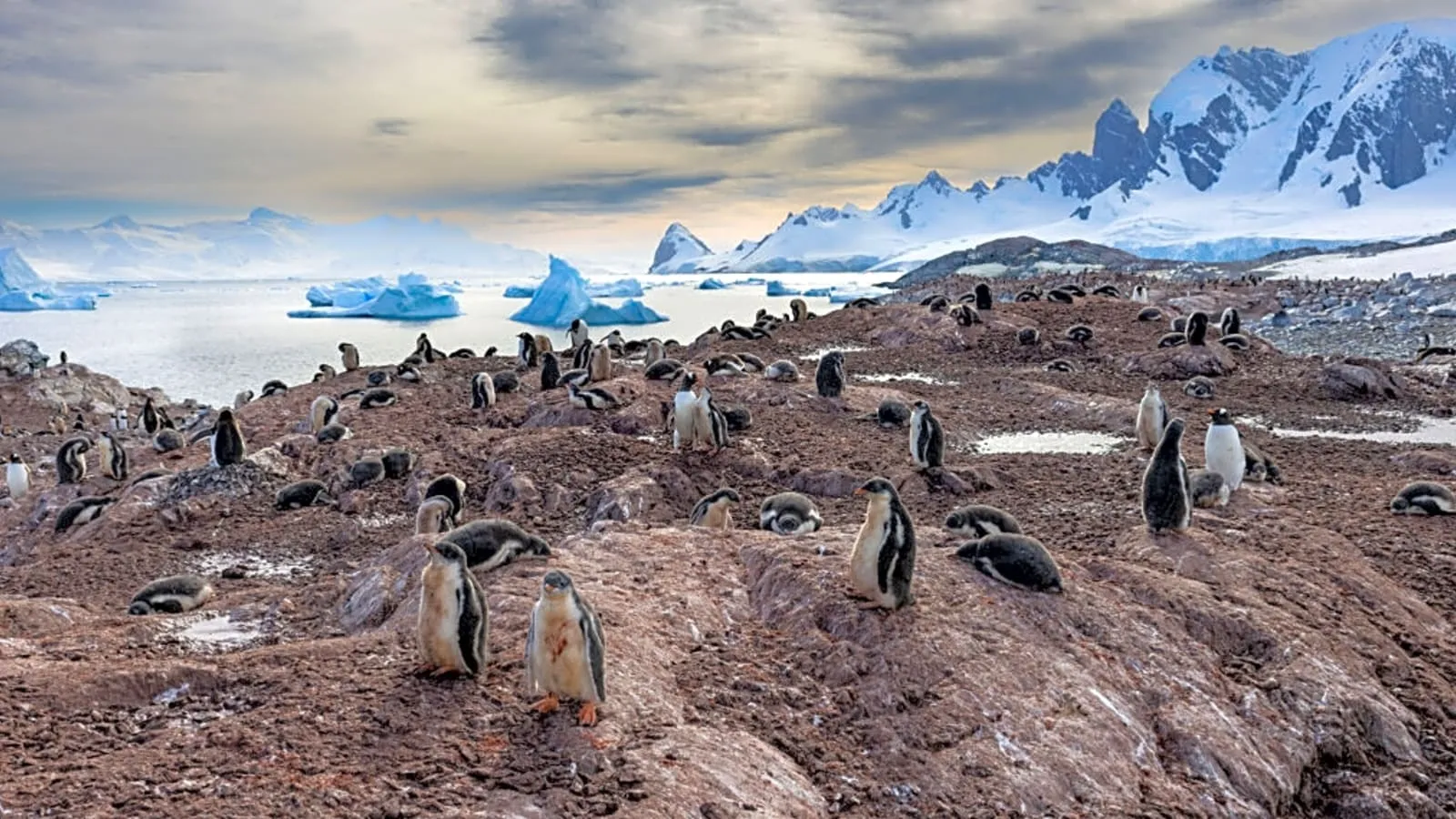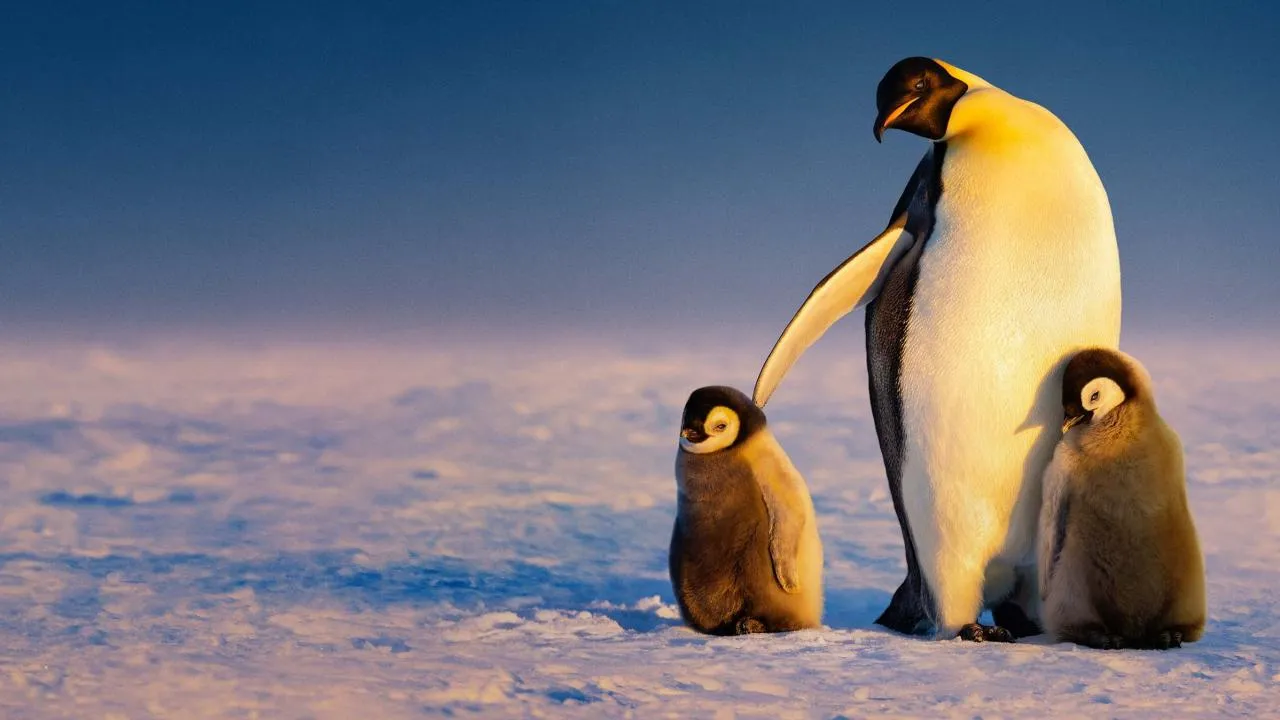The three‑episode NatGeo series unfolds like a globe‑spanning atlas of penguin life, tracing these birds from Antarctica’s frozen wastelands to the tropical shores of the Galapagos. At its heart lies a focus on emperor penguins, whose colossal winter migrations across endless ice fields set the stage for encounters with leopard seals and the harsh Antarctic wind.
From there, the lens shifts to gentoo, rockhopper, and macaroni colonies scattered across the Southern Ocean—all marked by individual quirks of courtship and shore‑side combat. Finally, African and Galapagos penguins bring viewers into cavelike refuges and sunbaked volcanic rocks where survival takes on new forms of ingenuity.
This series stakes its claim beyond familiar documentaries by revealing behaviors captured for the first time: snowball‑driven egg‑transfer drills, cliff‑jumping chicks, and synchronized underwater heists of sardines. Those moments emerge from an expedition spanning years and powered by thermal imaging, drone‑mounted cameras, and underwater drones that follow penguins through kelp forests.
Scientific exposition and emotional contours weave together as the narrative glides between facts about shifting fish migrations—some colonies dwindling, others expanding—and the intimate gestures of parent penguins feeding their young. In this way, the series stakes out new territory in natural history storytelling, mixing rigorous field research with moments of raw spectacle.
Frames of Flightless Poetry
Sculpted by years of patient observation, the series uses underwater rigs and thermal sensors to reveal hidden currents of penguin life. Drones dip and climb above ice floes, capturing the hush of Antarctic dawns in sweeping panoramas, while high‑speed cameras freeze moments of avian grace—a huddle generating its own warmth under subzero winds, a juvenile penguin plummeting from a sheer ice ledge. Time‑lapse sequences condense breeding seasons into a flicker of color, and infrared lenses sketch the heat signatures of clustered flocks against the white expanse.
Visually, the film balances stark polar vistas with sun‑bleached Galapagos shores. On land, penguins shuffle and peck in measured lines, their movements rendered almost sculptural by careful framing. When they slip beneath the waves, the lens follows with fluid precision, tracing their torpedo‑like arcs through kelp forests that sway like underwater cathedrals.
Editing stitches tension between predatory pursuit and survival ritual. A sudden cut to a leopard seal’s maw jolts the viewer, while lingering takes on cooperative foraging soften the shock. Color grading shifts from washed‑out blues of the ice fields to sun‑warmed ochres of equatorial rock, each palette reflecting the demands of its environment.
Certain images linger. Chicks hurl themselves into the abyss above open water, wings outstretched in a daring ballet. Huddles metamorphose into kinetic sculptures of living warmth. In one scene, a pair of Galapagos penguins execute a synchronized ploy to snatch fish from circling pelicans—a silent coup staged in golden light.
Currents of Story and Time
The series unfolds in three distinct acts. Episode 1 anchors viewers amid drifting ice fields, charting emperor penguins’ reproductive cycle—from courtship rituals along frozen plains to the brutal winter guard of vulnerable eggs. Episode 2 plunges into the Southern Ocean archipelago, where gentoos dart beneath churning waters, rockhoppers spar across cliff ledges, and macaroni pairs negotiate nesting real estate. Episode 3 shifts to sun‑baked coasts, tracing African penguins as they burrow into seaside caves and Galapagos colonies that improvise survival under equatorial glare.
Within each installment, “character” threads thread through vast landscapes. A single emperor’s faltering steps toward a distant feeding ground coexists with a macaroni pair’s tentative courtship. Predator–prey tension—leopard seals stalking ice margins, sea lions circling rocky outcrops—intersects with seasonal pulses: egg hatches, molt cycles, fledgling first dives. These intimate narratives surface amid sweeping environmental shifts.
Suspense builds through calibrated reveals. A sudden spotlight on thermal‑camera footage exposes huddle‑generated warmth; a timed cut to chicks perched on a precipice invites breathless anticipation before their plunge. Scientific insights emerge at dramatic beats—discoveries of never‑seen behaviors punctuate scenes, transforming raw spectacle into meaningful revelation. Close‑up sequences of feeding regimens or cooperative foraging cement emotional stakes, prompting viewers to see these birds as more than symbols.
Editing choreographs smooth migrations between species and settings. Arctic panoramas dissolve into underwater ballets; desert‑shore sunrises give way to tide‑swept flotsam. Action sequences pulse with urgency, then recede to measured exposition—allowing the film’s tempo to mirror each species’ rhythms of survival and community.
Patterns of Resilience and Discovery
The series lays out a taxonomy of six penguin species, each marked by distinct habits and survival strategies. Emperor penguins tower above the ice, enduring winds that dip below –50 °C as they guard their single egg. Gentoos carve fast‑lane foraging paths beneath churning seas, their sleek bodies built for speed.
Rockhoppers spring between basalt ledges in colonial skirmishes, while macaroni penguins flaunt flamboyant feathers to stake nesting claims. African penguins contend with scorching sun on craggy beaches, their pink patches swelling under heat stress. Galapagos colonies defy equatorial extremes, tunneling into lava rock to escape midday glare. Population data flicker between hope and warning: some gentoo colonies expand steadily, while several African populations teeter on the brink.
Surprising behaviors emerge under patient lenses. In one segment, adult penguins practice egg‑transfer drills with compacted snow, honing the delicate beak‑to‑flipper handoff before actual hatchlings arrive. Chicks stand at cliff edges then leap into frigid waters, seemingly guided by instinct rather than instruction.
Underwater footage captures a coordinated assault on sardine bait balls—groups herding fish toward waiting mates. In a sunlit lagoon, Galapagos pairs lift pelicans into a dance of distraction, filching fish mid‑flight. Thermal imaging reveals huddles as living furnaces, inner birds registering nearly 40 °C against a backdrop of –20 °C air.
This work credits over seventy scientists and conservationists collaborating with cinematographers across three years of fieldwork. Marine biologists, climate modelers, thermal‑camera specialists and drone pilots combined forces, assembling customized rigs to film where humans seldom venture. Data‑sharing platforms tied remote outposts to labs worldwide, enabling on‑site analysis of emerging patterns.
Technical insights thread through the narrative. Infrared sensors translate heat maps into false‑color mosaics, mapping individual contributions to group thermoregulation. High‑speed cameras firing at 1,000 fps slow-motion the razor‑sharp strike of a leopard seal or the fluid arc of a penguin dive. Satellite tagging of fish stocks underscores shifts in prey availability, linking human fishing trawlers to altered migration routes. Each data point transforms spectacle into evidence, inviting reflection on how these flightless birds adapt under an ever‑changing world.
Voices in the Field
Bertie Gregory emerges on screen as a true advocate for his subjects, charging through blizzard winds with eager commentary. His excitement crackles on the microphone when a chick clears a 50‑foot drop, transforming that moment into collective celebration.
He crouches beside clustered youngsters, translating chilly numbers into human stakes, reminding viewers that each huddle represents a furnace of shared survival. In one striking exchange, Gregory marvels as a veteran gentoo outsmarts a sea lion, his triumphant tone shaping raw footage into a pulse‑quickening narrative.
Blake Lively’s narration threads warmth through icy panoramas. Her inflection carries scientific detail without steely detachment, inviting empathy for every sliding flipper and harrowing plunge. When she describes thermal imaging that maps individual body heat, her voice strikes a balance between wonder and clarity—neither sermonizing nor oversimplifying.
Scattered moments of behind‑the‑scenes grit punctuate the gloss. Cameras ice over during –50 °C shoots; crews shelter beneath wind‑blown tarps on sun‑bleached beaches. Production meetings debate whether to pause for a rare mating display or push onward in fading light. These glimpses ground the series in human endeavor, exposing the choices that turn isolated observations into shared revelation.
Currents of Survival
The shifting currents of climate change ripple through each scene. Commercial trawling and overfishing thin the shoals that gentoo and emperor penguins depend upon, sending adults on ever‑longer pilgrimages across fractured ice. Melting pack ice fractures breeding grounds as coastal inundation reshapes rookery maps, and in African colonies, heat stress blooms beneath pink patches, driving flocks into creviced caves with scarce refuge.
Yet these birds bend under pressure with resourceful grace. Gentoo flocks reroute foraging arcs when krill migrations shift, while Galapagos pairs excavate deeper burrows to stave off equatorial blaze. Hybrid rockhopper–macaroni chicks—dubbed “rockaroni” in field notes—signal evolutionary experiments sparked by range overlap. Their mottled plumage hints at genetic currents that could seed resilience in warming seas.
This portrait refrains from didactic tones, yet scenes of exhausted parents and starving chicks carry their own indictment. A close‑up of a faltering clutch or a lone chick casting its first hesitant dive serves as an unspoken plea: safeguard these flightless guardians before their patterns dissolve. By tracing individual struggles back to planetary shifts, the series turns documentary spectacle into a summons for stewardship of the world’s fragile ecological compass.
Echoes of Empathy
Heart‑pounding sequences anchor the viewer’s investment: a leopard seal’s snap through churning surf, a fledgling’s frantic dash back to its mother, huddles that shift and reshape like living sculptures against the Antarctic wind. Sound design amplifies every flutter of feathers and distant cry—strings swell as chicks plunge into freezing water, then recede into soft piano when a parent offers a fish. These auditory cues sculpt emotion, turning raw footage into scenes that linger long after viewing.
Scientific concepts arrive in crystal‑clear language, guided by concise narration and on‑screen graphics that translate thermal readings into living color. Explanations of fish‑migration patterns and nesting rituals unfold at a pace suited to families and curious students, offering enough depth for classroom discussion without veering into technical overload. Educators can pause and explore topics—from predator‑prey dynamics to climate impacts—using the series as a springboard for conservation projects.
The series launches April 20 on National Geographic, streaming April 21 on Disney+ and Hulu. Its timing aligns with Earth Day programming, suggesting communal watch parties or educational screenings. Whether viewed solo or in groups, the series invites repeated viewings, each unveiling nuances in behavior and environment that reward attention and spark dialogue about our planet’s precarious balance.
The Review
Secrets of the Penguins
Secrets of the Penguins redefines wildlife filmmaking with its blend of visceral spectacle and rigorous inquiry. Cinematic ingenuity unveils behaviors never seen before, forging an emotional connection with these resilient birds. Its understated call for conservation resonates long after the final frame, offering both awe and urgency in equal measure.
PROS
- Stunning cinematography revealing never‑seen behaviors
- Seamless balance of scientific detail and emotional storytelling
- Varied settings from Antarctic ice to Galapagos shores
- Engaging narration that humanizes complex data
- High educational value for audiences of all ages
CONS
- Occasional pacing lags during extended exposition
- Limited focus on certain lesser‑known penguin species
- Emotional weight may feel heavy for casual viewers
- Behind‑the‑scenes glimpses are brief and sporadic
















